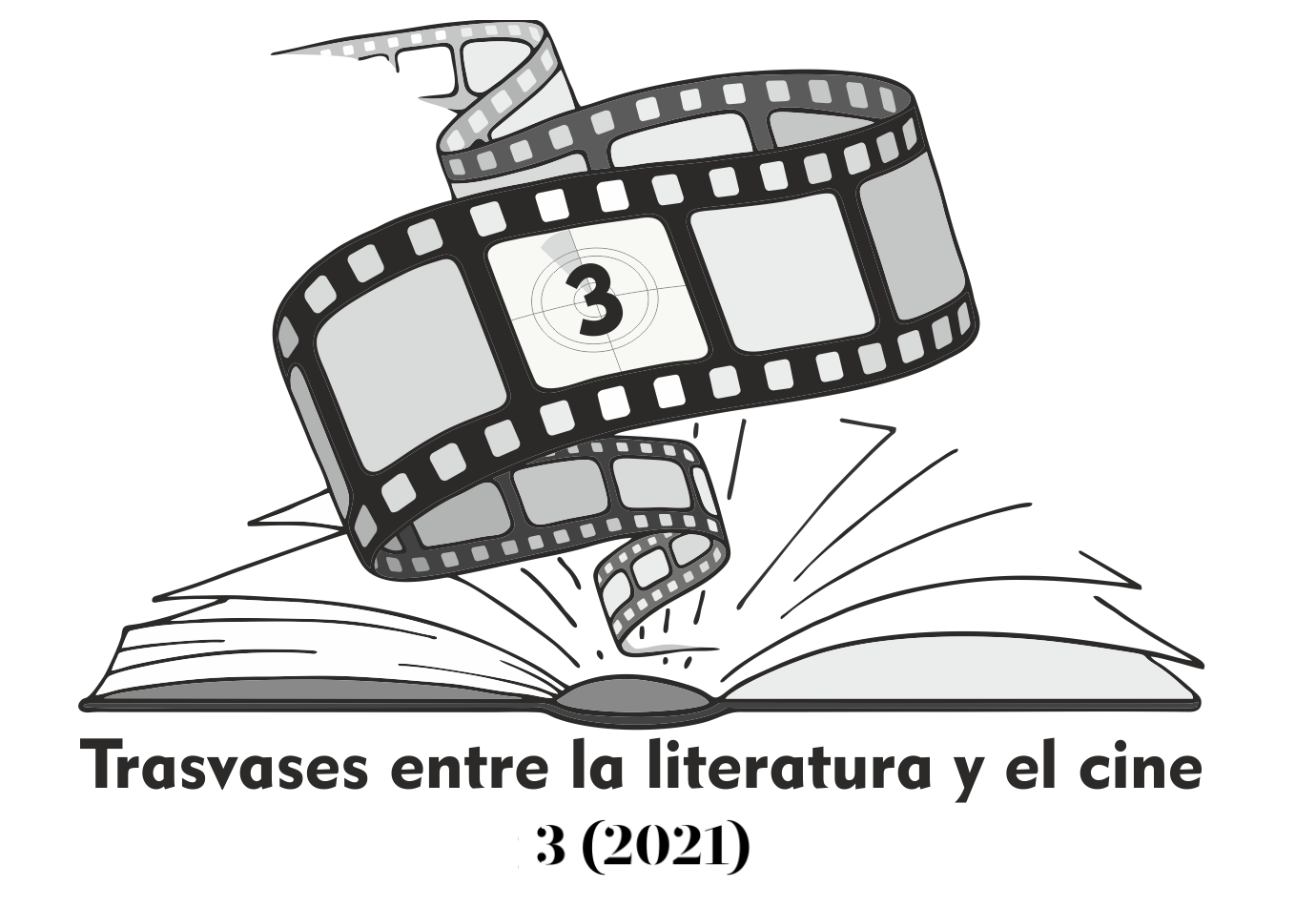Beyond Adaptation. Assassin's Creed and Transmedia Worlds
DOI:
https://doi.org/10.24310/Trasvasestlc.vi3.12337Keywords:
Transmedia, Comics, Video Games, Assassin's CreedAbstract
Media convergence and the expansion of fictions in different platforms has led to the development of fictional worlds that originated in video games in other media, in a context in which audiences migrate from one platform to another in order to get in touch with their favorite fictional universes. The purpose of this work is to study the Assassin's Creed video game saga and the transmedia expansion that has taken place through more traditional media. To do so, we proceeded to the content analysis of the video game Assassin's Creed II, the movie Assassin's Creed and the comic Assassin's Creed Reflections #1, from the perspective of the fundamentals of Transmedia Worlds and the affordances that each medium offers.
Downloads
Metrics
Publication Facts
Reviewer profiles N/A
Author statements
Indexed in
-
—
- Academic society
- N/A
- Publisher
- Universidad de Málaga
References
Bolter, Jay y Grusin, Richard (2000), Remediation: Understanding New Media, Cambridge/Londres, The MIT Press.
Chalfoun, Pierre y Dankoff, Jonathan (2018), «Developing actionable biometric insights for production teams», en A. Drachen, P. Mirza-Babaei, y L. Nacke (eds), Games User Research, Nueva York, Oxford University Press, págs 301 – 322.
Eco, Umberto (1979), The Role of the Reader: Explorations in the Semiotics of Texts, Bloomington, Indiana University Press.
Herman, David (2002), Story Logic: problems and possibilities of narrative, Lin¬coln, University of Nebraska Press.
Hutcheon, Linda (2006), A Theory of Adaptation, New York, Routledge.
Iser, Wolfgang (1978), The Act of Reading: A Theory of Aesthetic Response, Baltimore, Johns Hopkins University Press.
Jenkins, Henry (2006), Convergence culture: where old and new media collide, Londres/Nueva York, New York University Press.
Jenkins, Henry (2004), «Game Design as Narrative Architecture», en N. Wardrip Fruin y P. Harrigan (eds.), First Person. New media as story, performance and game, Cambridge/Londres, The MIT Press, págs 118 - 130.
King, Geoff y Krzywinska, Tanya (2006), Tomb Raiders & Space Invaders. Videogame Forms & Contexts, Londres/Nuevas York, I.B Tauris.
King, Geoff y Krzywinska, Tanya (2002), Screenplay. Cinema/Videogames/Interfaces, Londres, Wallflower Press.
Klevjer, Rune (2002), «In Defense of Cutscenes», en F. Mäyrä (ed.), Proceedings of Computer Games and Digital Cultures Conference, Tampere: Tampere University Press, págs. 191 - 202.
Manovich, Lev (2005), El lenguaje de los nuevos medios de comunicación, Barcelona, Paidos.
Murray, Janet (1999), Hamlet en la Holocubierta: el futuro de la narrativa en el ciberespacio, Barcelona, Paidós.
Nitsche, Michael (2008), Video Game Spaces: Image, Play, and Structure in 3D Worlds, Cambridge/Londres, The MIT Press.
Pearce, Celia (2007), «Narrative environments. From Disneyland to World of Warcraft», en F. Borries, S.P Walz y M. Böltger (eds.), Space Time Play. Computer Games, Architecture and Urbanism: The Next Level, Basel/Boston/Berlín, Birkhäuser, págs 44 - 55.
Scolari, Carlos Alberto (2019), Media Evolution. Sobre el orígen de las especies mediáticas, Buenos Aires, La Marca Editora.
Scolari, Carlos Alberto (2015), Ecología de los medios, Barcelona, Gedisa.
Scolari, Carlos Alberto (2013), Narrativas Transmedia. Cuando Todos los Medios Cuentan, Barcelona, Deusto.
Stemmler, Claudius (2021), «Metal Gear Solid and its comics adaptations», en A. Rauscher, D. Stein y J. N Thon, Comics and Videogames.From Hybrid Medialities to Transmedia Expansions, Londres, Nueva York, Routledge, págs 113 – 126.
Sucasas, Ángel (2020), «El cómic le da el "Sí, quiero" al videojuego», El País, [En línea: https://elpais.com/cultura/2020/01/31/ka_boom/1580431076_354411.amp.html. Fecha de, de consulta: 04/03/2020].
Tosca, Susana y Klastrup, Lisbeth (2019), «An Experience Approach to Transmedia Fictions», en M. Freeman y R. Rampazzo Gambarato, The Routledge Companion to Transmedia Studies, Nueva York, Londres, Routledge, págs 392 – 400.
Villalobos, José María (2016), Cine y videojuegos: Un diálogo transversal, Sevilla, Héroes de Papel.
Westin, Jonathan y Hedlund, Ragnar (2016), «Polychronia. Negotiating the popular represen tation of a common past in Assassin's Creed», Journal of Gaming & Virtual Worlds, 8: 1, págs. 3-20. DOI: 10.1386/jgvw.8.1.3_1
Downloads
Published
How to Cite
Issue
Section
License
All authors published in this journal accept the following copyright terms:
a. Authors retain their authors´ rights (copyright) and grant First Publication Rights to the journal, which whill be published under a the Creative Commons Attribution-NonCommercial-ShareAlike 4.0 International (CC BY-NC-SA 4.0) license. All about this license is available in the following link: <http://creativecommons.org/licenses/by-nc-sa/4.0>
b. Authors may separately establish additional agreements for the non-exclusive distribution of the version of the work published in the journal (e.g. including it in an institutional repository, or publishing it in a book) with an acknowledgement of its initial publication in this journal.
c. Authors are allowed and encouraged to disseminate their work electronically (e.g. in institutional repositories or on their own website) as this can lead to productive exchanges, as well as earlier and more extensive citation of published work.
The author is responsible for obtaining permission from the copyright holder when using copyrighted materials.
This electronic journal is published by University of Málaga (UmaEditorial), thus it is necessary to cite the origin of any partial or total reproduction.








22.png)










